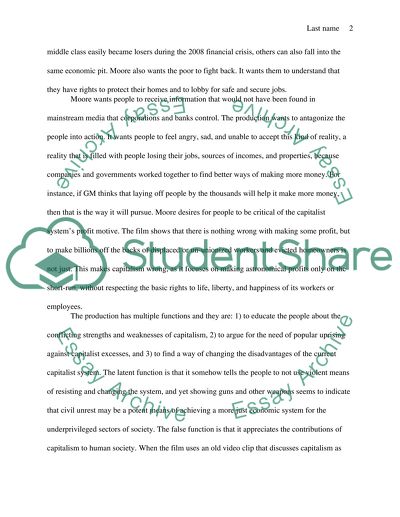Cite this document
(“Process, Context, Framework and Production Elements Analysis on the Term Paper”, n.d.)
Retrieved from https://studentshare.org/visual-arts-film-studies/1395476-process-context-framework-and-production-elements-analysis-on-the-documentary-capitalism-a-love-story-by-michael-moore
Retrieved from https://studentshare.org/visual-arts-film-studies/1395476-process-context-framework-and-production-elements-analysis-on-the-documentary-capitalism-a-love-story-by-michael-moore
(Process, Context, Framework and Production Elements Analysis on the Term Paper)
https://studentshare.org/visual-arts-film-studies/1395476-process-context-framework-and-production-elements-analysis-on-the-documentary-capitalism-a-love-story-by-michael-moore.
https://studentshare.org/visual-arts-film-studies/1395476-process-context-framework-and-production-elements-analysis-on-the-documentary-capitalism-a-love-story-by-michael-moore.
“Process, Context, Framework and Production Elements Analysis on the Term Paper”, n.d. https://studentshare.org/visual-arts-film-studies/1395476-process-context-framework-and-production-elements-analysis-on-the-documentary-capitalism-a-love-story-by-michael-moore.


